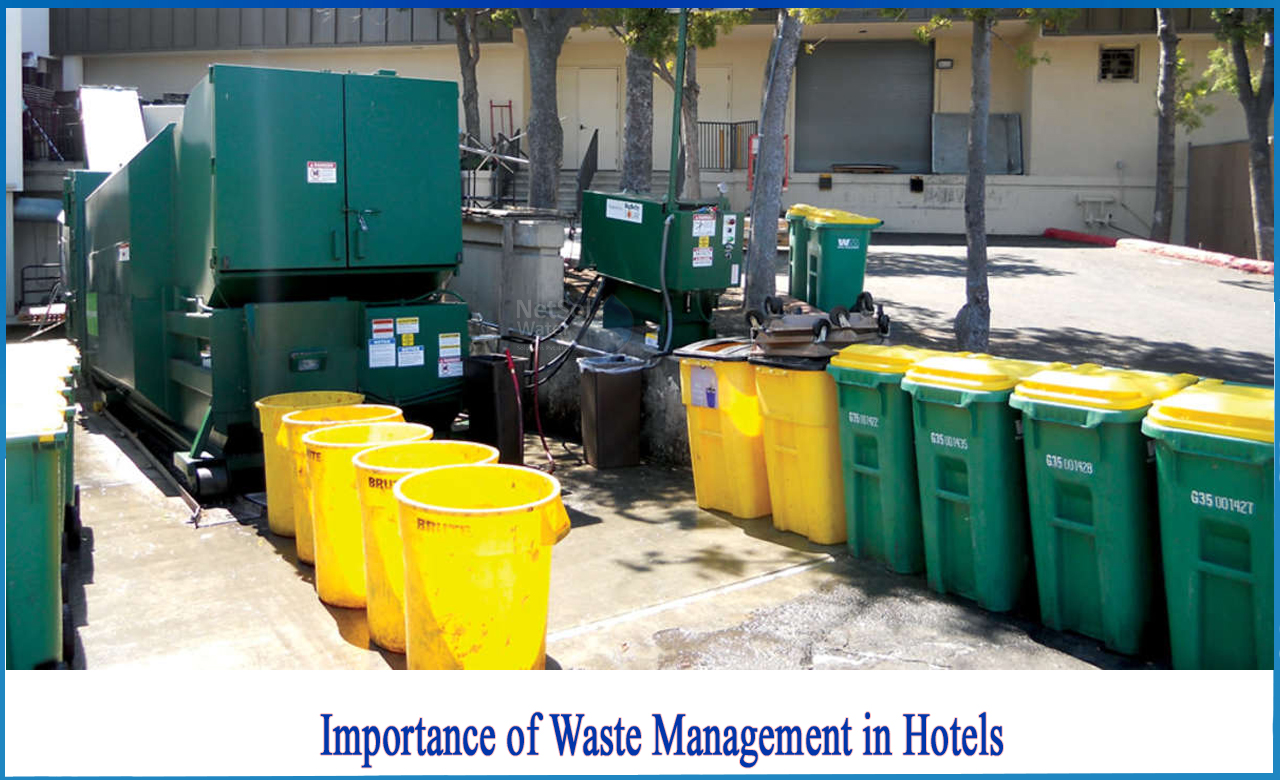What Does Reclaim Waste Do?
Table of ContentsReclaim Waste Fundamentals ExplainedReclaim Waste - QuestionsWhat Does Reclaim Waste Do?Reclaim Waste for DummiesEverything about Reclaim Waste
Discover the kinds, incidents, and kinds of liquid waste. Residential sewer waste describes the waste and items from a residential septic storage tank. This kind of waste is developed by people in residences, schools, and other structures. This only consists of septic systems that have a drain area. The correct management and disposal of domestic sewer waste need fluid waste to be moved to a sewage therapy plant where the appropriate techniques and devices are related to detoxify and throw away waste.
Commercial waste typically consists of prospective hazards, such as flammable products or a mixture of fluid and solid waste products, and needs a more innovative and thorough disposal procedure. The disposal of industrial waste usually includes the purification of waste before transport to ensure risk-free and proper disposal. Industrial waste is created from results and overflow of commercial processes and production.
This sort of waste can not make use of the very same sewage management transport or processes as septic or industrial fluids. The commercial waste monitoring procedure requires the inspection and screening of liquid waste before it goes through the disposal procedure (liquid waste disposal melbourne). Overflow waste is the liquid waste that originates from runoff and excess stormwater in highly booming locations or cities
Runoff waste can cause contamination and flooding if not handled properly. Making sure proper waste management can avoid calamities and minimize environmental damage.
Getting The Reclaim Waste To Work
Get in touch with PROS Services today to learn more about our waste administration and disposal solutions and the appropriate means to care for the fluid waste you generate.
(https://soundcloud.com/reclaimwaste1)Do you know what takes place to your water when you end, flush the commode or drain pipes the washing maker? No? Well, it's worth recognizing. This supposed 'wastewater' is not only an important source yet, after therapy, will certainly be released to our land, rivers or the ocean. Made use of water from toilets, showers, bathrooms, kitchen sinks, laundries and industrial processes is recognized as wastewater.

water utilized to cool down machinery or clean plant and devices). Stormwater, a form of wastewater, is runoff that flows from agricultural and great post to read urban locations such as roofings, parks, gardens, roadways, courses and seamless gutters right into stormwater drains pipes, after rain. Stormwater moves unattended straight to regional creeks or rivers, at some point reaching the ocean.
Not known Details About Reclaim Waste
In Queensland, a lot of wastewater is dealt with at sewage therapy plants. Wastewater is transferred from domestic or industrial sites with a system of drains and pump terminals, referred to as sewerage reticulation, to a sewer treatment plant. Regional governments develop, preserve and run most sewage treatment plants. Operators are certified under the Environmental Protection Act 1994 to release cured wastewater at an acceptable environmental requirement into waterways.
The Division of Natural Resources suggests local governments concerning handling, operating and keeping sewage systems and treatment plants. In unsewered locations, city governments might require householders to mount specific or household sewage treatment systems to deal with residential wastewater from bathrooms, cooking areas, shower rooms and washings. The Division of Natural Resources authorises using house systems when they are shown to be reliable.
In some brand-new subdivisions, treatment of some stormwater to remove litter, sand and gravel has started using gross toxin traps. Wastewater treatment occurs in four stages: Gets rid of solid issue.
Utilizes tiny living microorganisms recognizes as micro-organisms to break down and eliminate staying dissolved wastes and fine bits. Micro-organisms and wastes are integrated in the sludge.
Some Ideas on Reclaim Waste You Should Know
Nutrient elimination is not readily available at all sewer treatment plants since it requires costly specialized devices. Clear liquid effluent generated after therapy may still have disease-causing micro-organisms - liquid waste disposal.

The majority of wastewater moves right into the sewage system. Under the Act, regional federal governments provide approvals and licences for eco appropriate tasks (ERAs) involving wastewater launches that could have a neighborhood influence.
The 8-Second Trick For Reclaim Waste
Surveillance gives factual info concerning water top quality and can verify that licence problems are being fulfilled. The info gotten with tracking supplies the basis for making water top quality decisions.